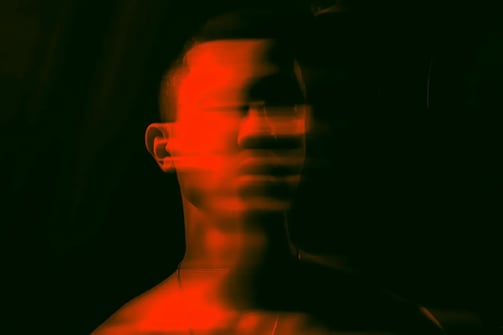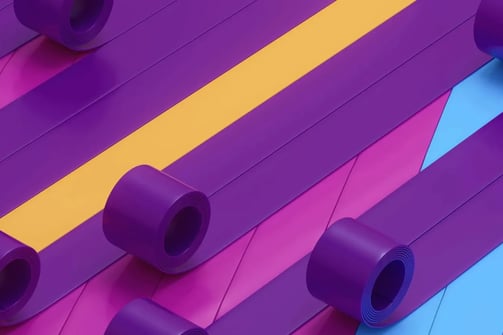VFX vs Motion Graphics: What’s the Difference?
VFX vs Motion Graphics: What’s the Difference?
1/11/20252 min read


If you’re diving into the world of digital media, you might have come across the terms VFX (Visual Effects) and Motion Graphics. While they might sound similar, they’re actually quite different. Let’s break it down in a fun and easy way!
What is VFX?


Visual Effects (VFX) are all about creating those jaw-dropping scenes you see in movies, TV shows, and video games. Think of epic explosions, magical creatures, and futuristic cities. VFX artists use computer-generated imagery (CGI) to bring these scenes to life, making the impossible possible.
What are Motion Graphics?


Motion Graphics, on the other hand, are all about making graphic design elements move. Imagine animated text, shapes, and icons that tell a story or convey information. You’ll often see Motion Graphics in marketing videos, explainer videos, and even in app interfaces.
Key Differences
Purpose: VFX is used to create realistic scenes and effects, while Motion Graphics are used to make information more engaging and fun.
Complexity: VFX can get pretty complex with all the simulations and compositing, whereas Motion Graphics are usually simpler animations.
Tools: VFX artists use software like Autodesk Maya, Houdini, and Nuke, while Motion Graphics designers often use Adobe After Effects and Cinema 4D.
When to Use VFX vs Motion Graphics
Use VFX when you need to create realistic scenes that can’t be filmed, like sci-fi worlds or natural disasters.
Use Motion Graphics when you want to create engaging and informative content, like animated infographics or promo videos.
So
Both VFX and Motion Graphics are super important in the digital media world. Knowing the difference can help you choose the right approach for your project. So, whether you’re creating a blockbuster movie or a catchy explainer video, you’ll know exactly what you need!


